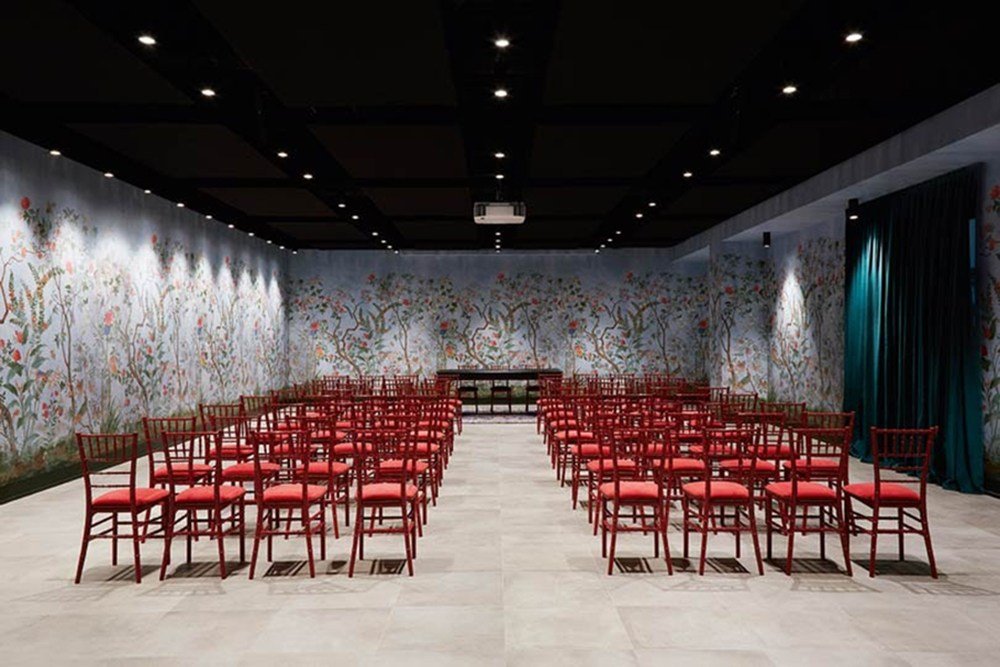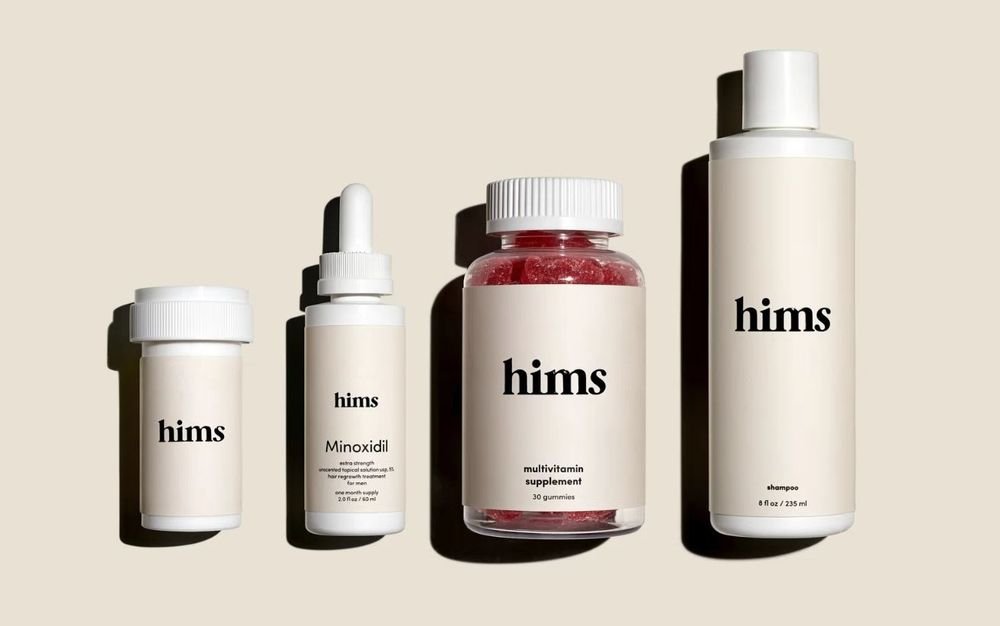How Fashion Brands Can Self-Disrupt to Overcome the Innovation Fear Factor
The very definition of fashion is that it is about the new; but beyond new season designs and cutting-edge catwalk shows, the way we do business and how customers shop for fashion is changing rapidly. Ironically many fashion brands seem to be running away from these changes surrounded by what we call the ‘innovation fear factor’; hence the industry is seeing many casualties such as Rockport, Nine West and Sears (whom have just barely escaped bankruptcy).
We must dare to self-disrupt in order to overcome the innovation fear factor. But how can we do this effectively?
SO, WHAT IS SELF-DISRUPTION?
Self-disruption sounds edgy and radical. However, it’s just another way of saying “beware of falling in a rut” and “step outside of your comfort zone”. It’s like adopting a startup state of mind but applied in a larger and established commercial environment.
It’s about companies disrupting their ways of thinking before they are superseded. This may involve getting rid of some cherished side of the business which has taken a long time to build up or making some other big changes. The strategies which worked so well last week may not have any impact the next. However, it’s a balancing act. Your innovative ideas need to be ahead of the curve, but not so much that customers can’t follow either.
FOR INNOVATION’S SAKE – ANOTHER FAIL!
Innovation for innovations sake. This is a familiar scenario for many companies that ultimately result in creations that lack in purpose.
Innovations can be extreme, or, they can just refer to minor adjustments to solve a problem. Of course, if the revision is small and it doesn’t work, it has less impact than a sweeping change that a company stakes millions of dollars and its reputation on.
For example, the Zozo suit (as mentioned in our previous article) was an invention by the Start Today brand Zozo Inc. It proposed to radically change the way the world ordered made-to-measure clothing, which they had sent out millions of body mapping nylon polka-dotted body suits for free.
The idea generated A LOT of interest. However, this resulted in a huge shock when the company announced last month that the whole project had been a fail. It seems that the loss leading idea of sending the suit out for free hadn’t converted into enough people using it to send in measurements and make an order. In addition, when customers did send in their measurements the results were disappointing. Many reviews complained that the jeans and t-shirts they received fitted just as well or badly as any cheap off the rack garment.
BUT DON’T LET INNOVATION FAILS INSTIL FEAR…
Keep going. Although Zozo CEO Yuzaka Maezawa was contrite about this expensive failure, the lesson shouldn’t be to condemn their boldness. The company received a huge amount of positive press from the move and were applauded for daring to lead to the future. They will no doubt be studying how to tweak the formula and learn from their mistakes. After all, “It is better to have tried and failed then never to have tried at all,” as the saying goes.
In order to try out interesting ideas without too much financial risk, several companies both large and small are turning to innovation labs. Last year, Gucci launched its Artlab (pictured below). This is an innovation hub focussing on leather goods and footwear, and Kering promoted its second iteration of Plug and Play accelerator focused on sustainability.
Our own, The Dandy Lab, concept was a lab that centred around partnering with potentially successful innovations. By opening a pop up in a busy shopping area of East London known for its early adopters and cool clientele, we were able to trial some cutting-edge high-tech solutions. These kinds of small-scale experiments within a flexible framework are an ideal testing ground. Some of the theories were a success, such as mobile payments by MishiPay. Others not so much, such as the NFC enabled screens, that had low engagement rates.
Failures or not, the point is to have agility in order to be able to innovate effectively.
AGILE + LEAN = A BRAVER FASHION INDUSTRY
Agility is about using the flexibility of a small team, primed to deliver in short cycles. The support of the wider company is important, but rather than top-down bureaucracy, which can be a lengthy process, small-world networked arrangements have a positive benefit here.
A team like this has quicker and more efficient reflexes, and can mean that ideas and insights can be put into practice more easily and efficiently and with less expense. Examples of successes with this model include direct to consumer brands such as eyewear retailer Warby Parker and men’s wellness brand Hims (below), which is tipped to get a $1B valuation.
Sub brands can also be an excellent way to experiment with new processes without threatening the parent brand’s reputation. In November last year Comme des Garçons launched its first D2C sub brand, CDG. Rei Kawakubo the designer behind Commes is no stranger to innovation and has always shot way out of the fashion world’s comfort zone with her catwalk shows. Trying new things comes naturally to her and CDG is the brand’s 18th label.
As well as experimentation to find new ways forward, companies can and should look at existing data to see what customers want. Figures from online purchases are available immediately and a speedy analysis of these combined with near-shore production has led to ultrafast fashion. Instead of some collection planning schedules in as far advance as 1.5 years, companies like Asos, Boohoo and Zara are getting clothes into stores within 1-2 weeks. Supported by analytics solutions such as StyleSage, production is in limited quantities and if a garment proves popular and sells out it can easily be produced again with minimal wait time.
FEEL THE FEAR AND DO IT ANYWAY
Banishing the innovation fear factor is exciting and can revitalise your entire offering, streamline processes and build new business models. Fashion businesses who consider their digitally inclined customer base and are not afraid to experiment will find themselves en route to success. Our take is that the brands that embrace these alternative methodologies that are peculiar to fashion operations will re-wire the entire industry.



